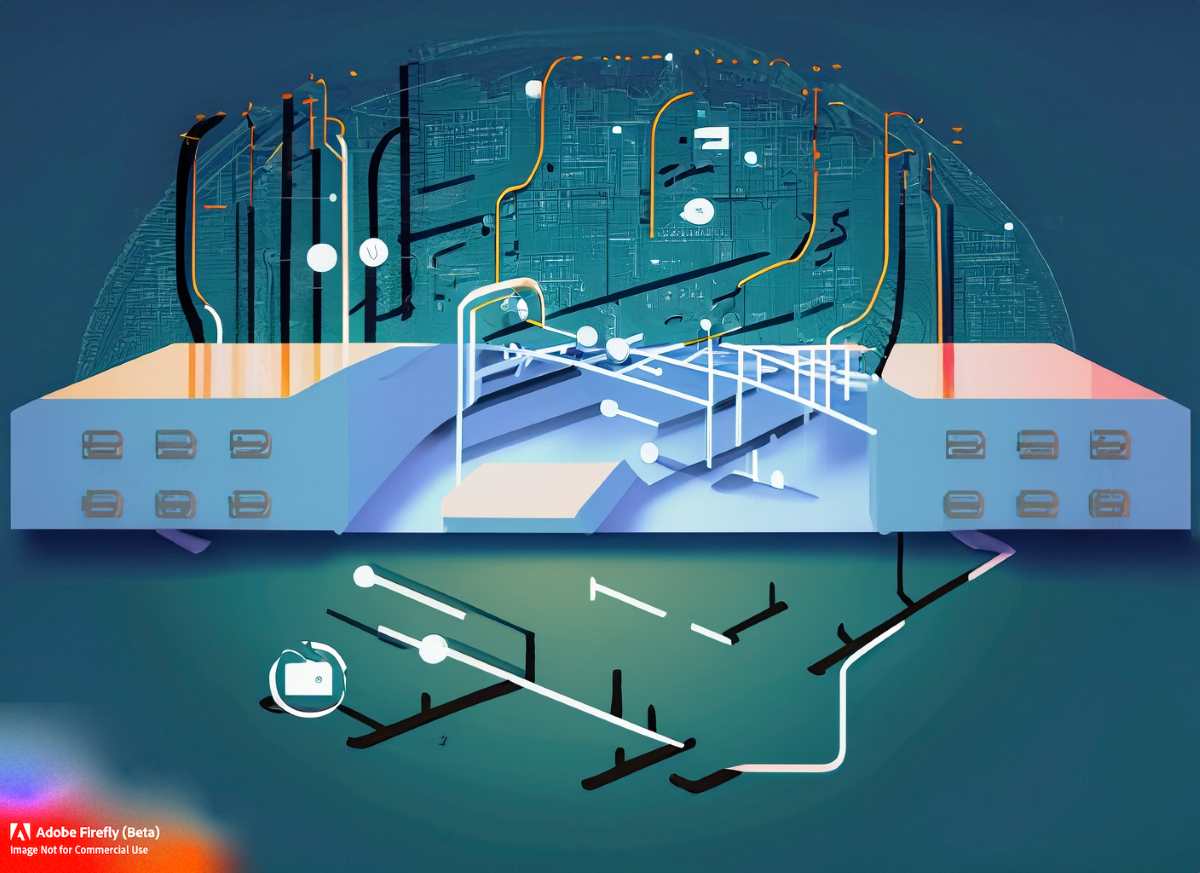How Digital India Program is Ushering a New Era of Financial Freedom
Discover how India's Digital India Program and demonetization efforts have transformed the country's economy. Learn about the impact on banking, small business loans, rural areas, and the future of the digital economy.





